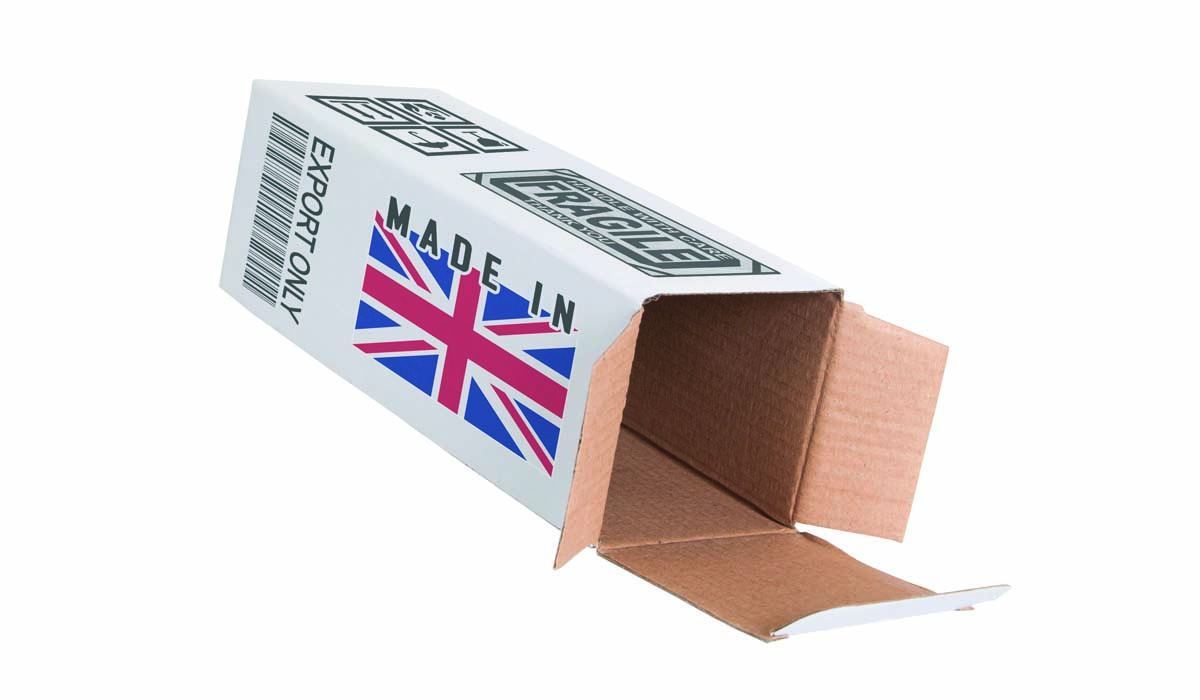With uncertainty continuing around Brexit, British businesses are looking beyond established markets to the Middle East and Asia’s emerging economies. While British goods are often valued in these regions, exporting to less familiar territories can have unexpected pitfalls, as entrepreneur Ricky Kothari knows.
Kothari is the founder of T-Sticks, which exports premium quality British tea in unique, self-contained, convenient ‘stirring sticks’ to China, Lebanon, Jordan, Malaysia, Singapore, Hong Kong, Colombia, Taiwan, Korea, Japan and Europe. Below, he highlights five basic annoyances for importers and how to side-step them.
1. Products arriving with damaged or sub-standard packaging
UK products selling to overseas markets often command a premium price. If the consumer-facing packaging arrives damaged, unglued, faded, damp or bashed about due to poor design, your importer is effectively left with damaged goods, which will cost them money and credibility.
Before you begin exporting, carry out thorough testing to ensure the packaging will withstand the rigours of shipping and road transportation, extreme temperatures and humidity and is adequately protected within its shipping container. If it isn’t up to the job, change it.
For a belts and braces approach send a small test batch to your target market to see how it fares. It’s a good idea to get third party providers to check your shipment at both ends to ensure the goods are loaded correctly and certify they have arrived in good condition too.
2. Invoicing in the ‘wrong’ currency
Invoicing in a currency that’s convenient or that you assume is preferred could land your customer with hefty conversion costs. Always check what currency your importer prefers first to make transacting as easy for possible for them and, once you know, set up a local account in that currency.
You’ll incur costs yourself, but this is preferable to losing customers. Depending on your relationship and how good the deal is, you can try to negotiate to share the cost. You should also consider using financial techniques and tools to help you offset foreign exchange costs, but seek professional financial advice on this first.
3. Changing the specs of your product without telling your customer
Failing to let your importer know about changes to your product – ingredients, materials, contents or specifications, can leave them embroiled in expensive bureaucratic wrangles to get the product reregistered for sale.
The minute you plan to change anything, speak to your customers and distributors to find out what the implications might be and what documentation you need to put in place. Research carefully the implications of any planned change for your market. The government’s Exporting website is a good starting point for this.
4. Being rigid about pricing and margins
Pricing is a total value chain experience and if one element isn’t happy with their margins that can scupper everything.
Some markets – Asia and Latin America particularly – involve products moving through many different layers of distribution before reaching the market place and that means margins are squeezed right down the line. So, make sure you understand these complexities and how price-sensitive the market is and, above all, be prepared to be flexible on pricing and margins with your customers from the outset.
5. Disregarding local consumer behaviour
Failing to understand how consumers actually buy products in your target market is a recipe for low volumes and poor profitability for your customers.
There’s no point in gearing your import and distribution strategy to target retail outlets if most people actually buy online – as they do in China for example, where you have to sell to online distributors primarily.
The answer’s simple; do your homework. If you can, visit your target country first – possibly through a local trade delegation, talk to potential importers and distributors in the market and UK exporters to find out how things really work.
The opinions expressed by third parties are their own are not necessarily shared by St. James’s Place Wealth Management.




